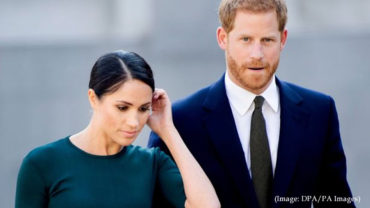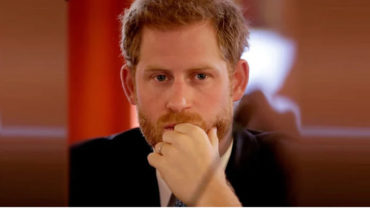Against the backdrop of a vast panoramic hand-embroidered landscape, Maria Grazia Churi’s Christian Dior haute couture collection represented her emotional response to standing up for the interdependence between couture and all the people who work to craft its materials.
Coming back to in-person shows after three seasons made her want to reconnect with “being present,” through the awareness of the tactility of amazing hand-made textiles—that specialist, unseen chain of people in the fashion industry without which the practice of haute couture could not exist.
In a real way, her celebration of hand-loomed tweeds and the stitch-work carried out by embroiderers and silk manufacturers is the part haute couture will play in building back the post-pandemic economy on a larger scale—exactly as Christian Dior did with the explosion of fashion consumption in the post-war years of the 1950s.
“I think for the people working around the tables at our ateliers again, there was a different, incredible kind of energy in working towards this show,” Chiuri said. The atmosphere and collective sense of purpose—even the enjoyment of working hard against a deadline—has been quite different from striving to get pieces together to be shot for Dior’s films during the pandemic. They kept on reassuring her, “don’t worry, we are tired, but we are happy!”
The big question of what fashion will look like in the world we are re-emerging into was answered by Chuiri in a primary focus on daywear.
Had you not known how much meaning was woven into the materials, the top-to-toe silhouettes of gray tweeds or camel cashmere might have suggested the lasting echo of the long walks in nature that entire populations have been taking during the last year and a half.
Seen against the conceptual landscape murals, designed by the French contemporary artist Eva Jospin, the models, in flat hiking boots or woven mesh slippers. were however also walking past a piece that was commissioned “in solidarity with India.”
Every one of the minute stitches of the mural was made by the Indian embroidery school that Chiuri encouraged Christian Dior to support with training for young women for the last few years.
Jospin said she in turn had been inspired by studying the walls of the Indian Embroidery Room at the Palazzo Colonna in Italy.
Somehow, all roads in this collection led back to Rome, which happens to be the very city where Chiuri first learned the detail of everything that goes into the making of beautiful, luxurious fashion at Fendi and Valentino.
The contrasting delicacy of the nymph-like dresses in the collection seemed to hark back to that personal Italianate aspect of Chiuri’s romanticism.
Semi-transparent, pleated, and delicately crimped, some had been entirely hand-braided from strands of silk; the corsetry “woven like baskets.”
The poetry Chiuri sees in this is connected not just to the visual effect. “It’s a metaphorical thing, to say that we’re all connected,” she said. Witnessing the devastating economic impact on the suppliers and workers in the textile industries during the pandemic, she saw directly the effect that the cancellation of weddings, parties, and occasion-wear has had on people’s livelihoods.
“I am really sensitive to that. It’s something that has always been close to my life. In that sense, I felt that the attacks everyone made on fashion during the pandemic crisis were very ungenerous.”
It may seem far-fetched to position the comeback of haute couture—of all the richly gorgeous patch-worked coats, and potential choices for winter weddings and special occasions—as an economic stimulus package.
But that is exactly how Chiuri, with her feminist consciousness, practical know-how, and analytical research sees it: her role in the weaving together of the threads of social responsibility that she never wants to see unravel.
COLLECTION





























